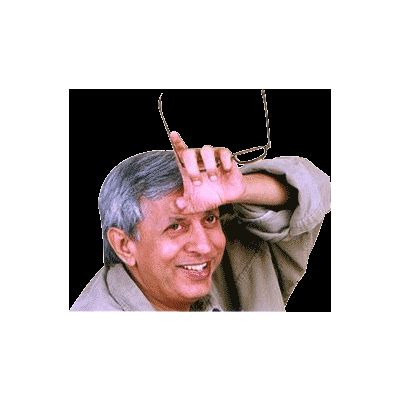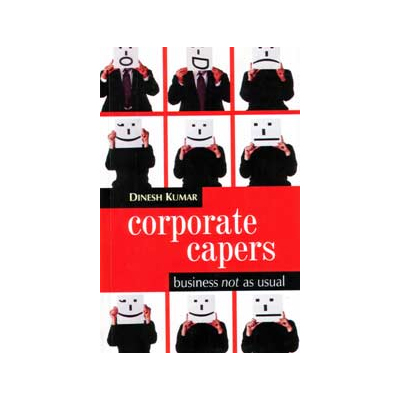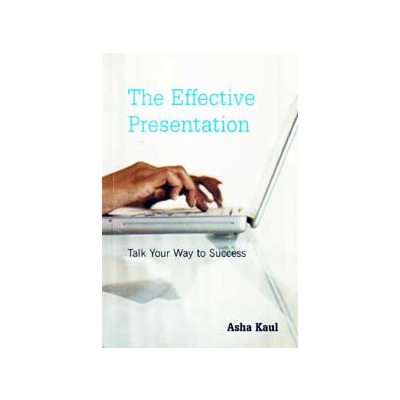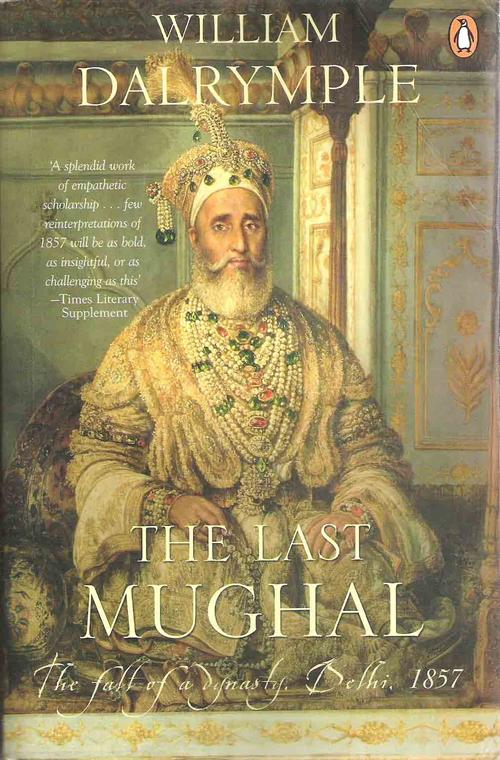Book Review : Bijoy A K.
Engeseth starts off by explaining the rather mysterious concept of Detective Marketing. The concept is basically an attempt to take the science of marketing to another level. The author says detective marketing is really an attempt to simplify the otherwise complicated marketing discipline. It's all about unlocking ones' own creativity, building bridges between people with different backgrounds for better communication.
The author says much of the noise you hear from the marketplace is the sound of money being flushed down the toilet. Not many brands manage to win a place in the mind of the consumer, inspite of the best marketing efforts. The reason being everyone involved in marketing knows very little about human behaviour. That's where detective marketing comes in.
It's all about following ones' own instincts in order to get the breakthrough. Also, it's all about building better communication. To quote the author - 'when you work to build bridges to other peoples' know-how, your understanding of the other side of the bridge increases.'
Here Engeseth brings in his '1+2=4' formula. The formula means that one and two factors come together to give birth to a third factor. Then, additionally, there is also a desired, unexpected and synergistic possibility of a fourth factor which makes 1+2=4.
The book cites various examples from companies such as CNN, Sony, Coca-Cola and Nokia to drive home the concept. From connecting people, Engeseth then moves on to the importance of actually being 'one' with the customer. The 'one' theory is all about increasing interaction between the manufacturer and the consumer by using a common platform such as the internet.
In the later chapters, Engeseth turns his attention to products and how product image can actually push up sales. In the chapter on Marketing The Product, the author introduces two innovative ideas which are actually derived from the product image and characteristics.
For better results, the book recommends the use of Information Technology and the World Wide Web extensively as platforms to catch on the pulse of the consumer.
The author brings in industry examples from CNN and Napster's online community of music lovers to drive home the point.
Thinking realistically, one would wonder how such ideas would survive the boardroom heat?
Well, in all, the book doesn't offer too many original concepts or ideas. But, somehow his ideas can be used like an detective's endless search for clues and answers in the business world.
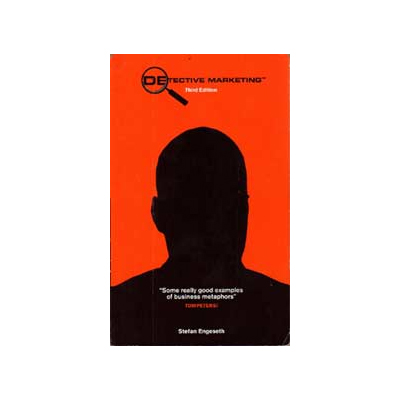




 My favourite books
My favourite books Apart from this, I have a large collection of books at home but it's not really organised as a proper library. I have a person who delivers Hindi books to me at home. I also get a monthly catalogue to choose from all the new books in the market.
Apart from this, I have a large collection of books at home but it's not really organised as a proper library. I have a person who delivers Hindi books to me at home. I also get a monthly catalogue to choose from all the new books in the market.